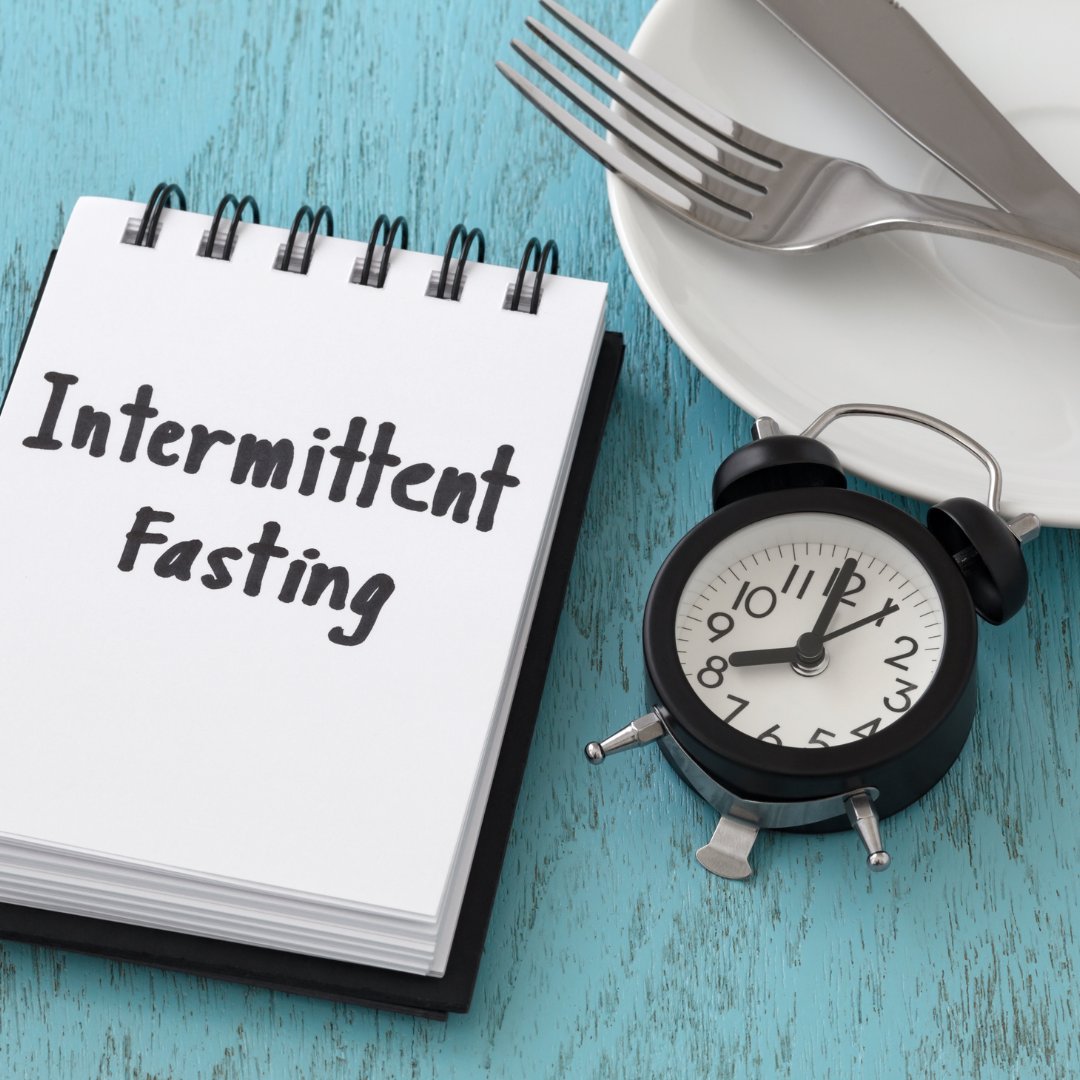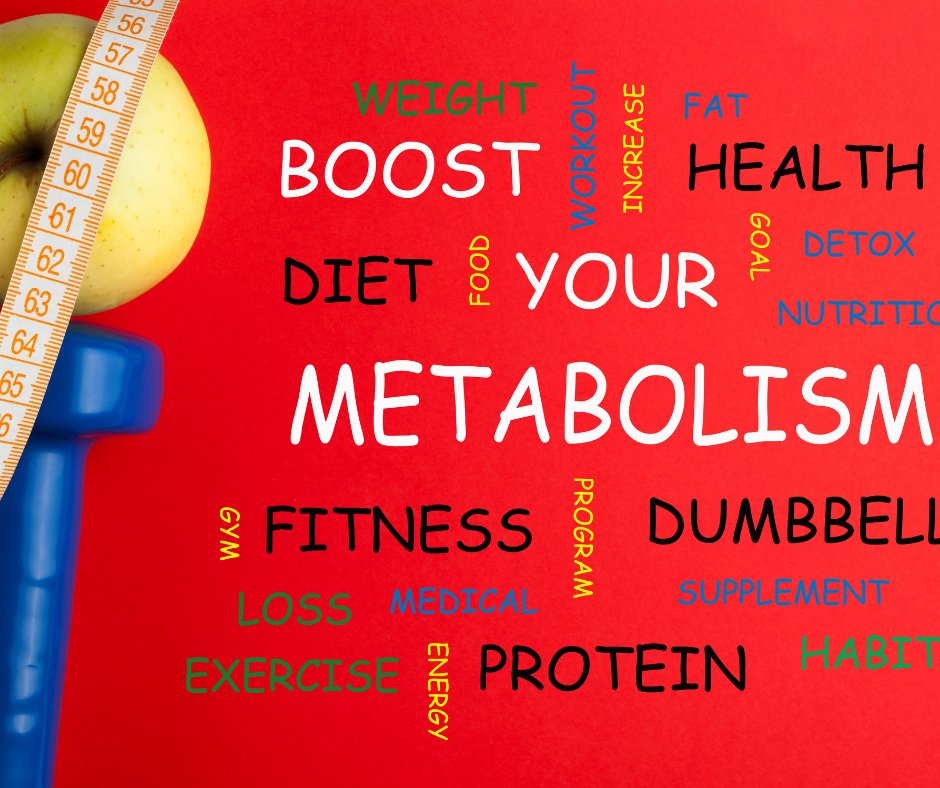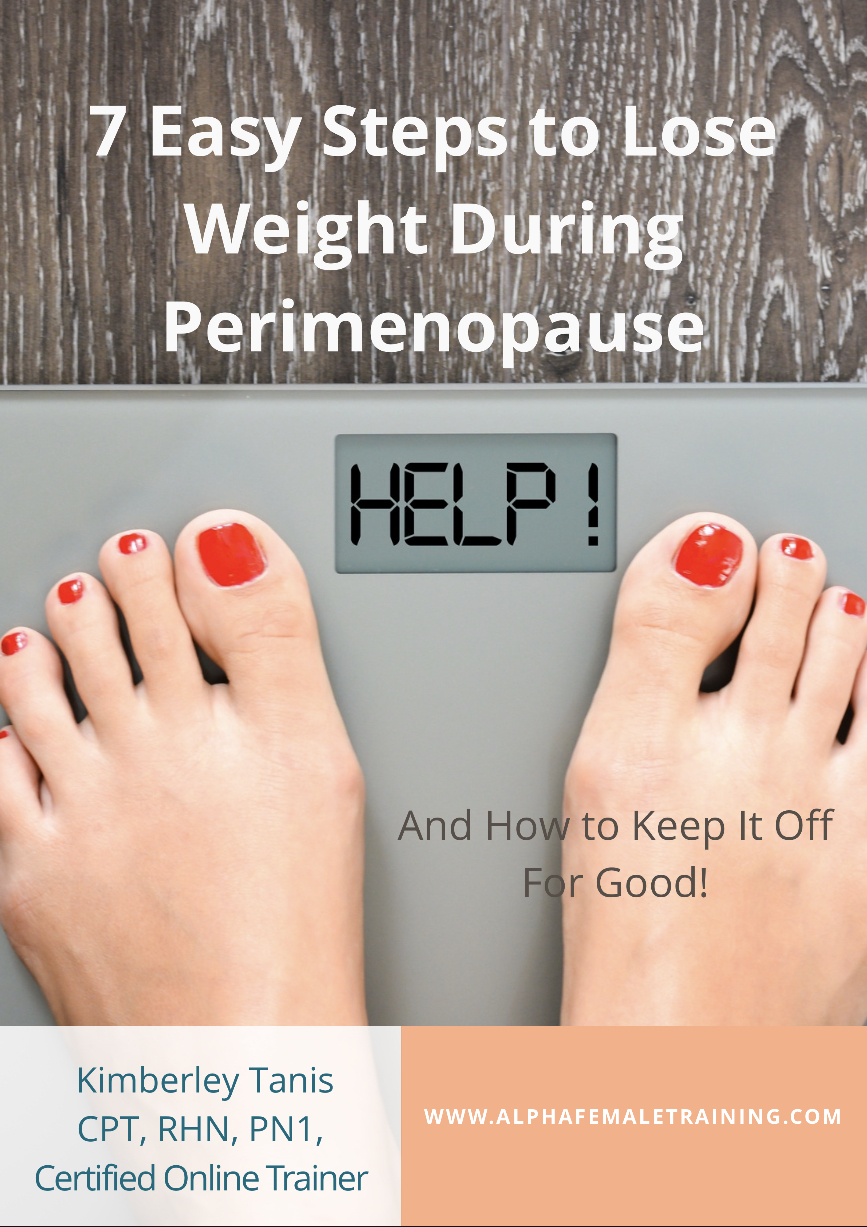Basics of Intermittent Fasting
In essence, the basics of intermittent fasting involves going without eating periodically. It involves limiting calorie intake during certain hours or days of the week, and is more of an eating pattern than a diet. This approach restricts when to eat, rather than what to eat, making it appealing to women over 40 who don't want to track every calorie or meal.
Some experts suggest that intermittent fasting is a more natural way to eat, as humans evolved without constant access to food. With 24-hour convenience stores and drive-throughs, we now have the opportunity to eat (including unhealthy options) all day long. Therefore, taking breaks from eating regularly may be a more natural way of eating.
There are many variations of intermittent fasting, including the 16/8 method, which involves fasting for 16 hours and eating only within an 8-hour window (often 1:00 pm to 9:00 pm), and the 5:2 method, which involves eating regularly for five days and limiting calorie intake to 500-600 calories per day for the other two (non-consecutive) days of the week.

Is intermittent
fasting effective for weight loss?
The basics of intermittent fasting can aid in weight loss by reducing calorie intake and increasing calorie burn. Many individuals report positive outcomes with this eating pattern. However, it is important to examine the scientific evidence.
A review study found that intermittent fasting resulted in 3-8% weight loss over a period of 3-24 weeks, along with a 4-7% reduction in waist circumference.
Another study conducted on 100 obese individuals showed that those who practiced alternate-day fasting lost more weight than those who maintained their regular eating pattern after a year. However, they didn't lose more weight than those who followed a calorie-restricted diet. Interestingly, 38% of individuals following the intermittent fasting protocol discontinued the plan.
Consistency is crucial when it comes to weight loss success. Therefore, if you cannot maintain a weight loss diet, it becomes more challenging to lose weight and maintain the progress.

Before you consider the basics of intermittent fasting...
While intermittent fasting may work for some, it is not suitable for everyone. Individuals who are underweight or have eating disorders should not fast, nor should pregnant or breastfeeding women, or those with certain medical conditions or taking certain medications.
One of the main reasons why people drop out of the intermittent fasting plan is the difficulty in adhering to the fasting periods. Overeating during non-fasting periods and indulging in food after a fast may hinder weight loss efforts.
Additionally, the strict hours and days of fasting can be challenging to follow, highlighting the importance of having a strong support system during intermittent fasting. However, sticking to a healthy and nutrient-dense weight loss diet is crucial for successful long-term weight loss, and intermittent fasting may not be the best option for everyone.

How to intermittent fast during menopause
The basics of intermittent fasting is a straightforward process. Simply choose an eating window that suits your lifestyle, such as 12 p.m. to 8 p.m., and consume all your daily calories during this time. For the rest of the day, outside of your eating window, stick to noncaloric drinks like coffee or tea and water. This creates a fasting period of 16 hours every day, with an eating period of eight hours, known as the 16:8 fast, one of the simplest intermittent fasting structures.
The beauty of intermittent fasting lies in its flexibility. People can start with shorter fasts, like the popular 14:10 fast (14 hours fasting, 10 eating), and gradually increase their fasting duration. Some individuals even progress to eating only one meal per day. Experimenting with various fasting schedules is key to finding the best approach that suits individual preferences and needs.
I've personally found that working with your circadian rhythm works the best - so eating a healthy breakfast lunch and snacks and then having a small protein rich dinner and then nothing for 3-4 hours before bed.

In conclusion, while intermittent fasting can aid in weight loss and reduce belly fat, it is not safe for everyone and can be challenging to sustain. Finding a diet that works for an individual and can be maintained in the long term is essential for achieving successful weight loss outcomes.
Intermittent fasting is a useful tool for managing weight, insulin resistance, and common menopausal symptoms. However, it may not be suitable for everyone.
If you are pregnant or breastfeeding, or have a history of an eating disorder, it's best to avoid intermittent fasting as it can put mild stress on your body. It's important to listen to your body and if you feel too stressed or weak during fasting, consider shortening your fast or skipping it altogether.
Remember, you don't have to fast every day. You can fast every other day or a few times a week if that works better for you.
Navigating menopause can be challenging, but with the right diet and lifestyle changes, you can maintain your fitness, happiness, and overall health throughout this transition.

Recipe (Whole
food): Almond Butter Energy Bites
Makes about 12 energy bites
1 cup oats
⅔ cup almond butter
½ cup chocolate chips (semi-sweet and dairy-free if possible)
½ cup flax seeds, ground
2 tbsp honey
Instructions
Combine all ingredients in a medium bowl and stir.
Using a tablespoon to measure, roll into about 12 energy bites.
Serve & enjoy!
Tip: You can roll the bites to coat them in cocoa powder for a bit of extra flavour and to prevent them from being too sticky.
References:
https://authoritynutrition.com/intermittent-fasting-guide/














